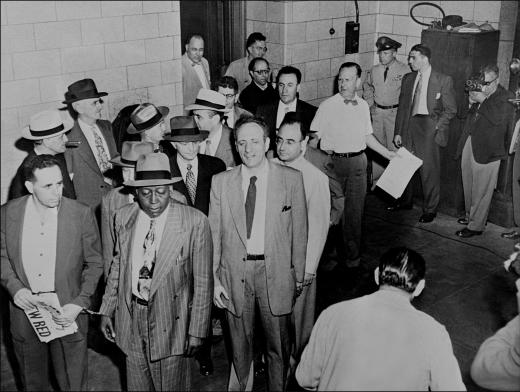
During the early years of the Cold War, the threat of a world conflict and the possible spread of Communism was cause for great concern in the United States and led to a climate of suspicion that culminated in McCarthyism (headed by Republican senator Joseph McCarthy, in office 1947–1957), a witch hunt where anyone suspected of sympathizing with Communism or leftist politics was persecuted, including some of the young Abstract Expressionists. An aggressive campaign carried out against them claimed that their abstract art was nothing more than a Soviet instrument to stain the image of the American people.
However, for a broad sector of the country’s intellectual elite, Abstract Expressionism represented the triumph of a free culture over totalitarianism because it was based on the absolute freedom of the artist. This is why the Central Intelligence Agency (CIA) deftly turned these artists into a propagandist weapon that American culture could wield against the Soviets, even subsidizing their work behind their backs. In New York City, the Museum of Modern Art, presided by Nelson Rockefeller, was another resource at the service of the cause, and promoted young American art by purchasing a large number of works and organizing exhibitions that traveled all over the world, such as Twelve Modern American Painters and Sculptors (1953) and The New American Painting (1958), which were shown in most large European cities between 1958 and 1959, as a means to spread the American way of life all around the world.
According to some historians, the CIA also secretly funded the Congress for Cultural Freedom, an organization promoted by the United States with offices in up to 35 countries. It organized cultural events such as conferences, exhibitions, concerts, and even published over twenty prestigious magazines, including Encounter in UK, Preuve in France, Tempo Presente in Italy, Cuadernos and Mundo Nuevo in Latin America, Quadrant in Australia and Jiyu in Japan.
Detention of some of a group of 19 important Communists in June, 1951. Photo: AFP. Getty Images
